2012
European Nations Lead with Space Workforce Growth from 2021 to 2022

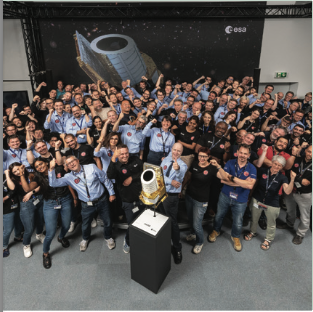
Trends in the size and composition of the global space workforce provide a lens into the health and trajectory of the industry. While many countries do not collect or release data on their space workforce, several major space actors, including the United States, Europe, Japan, and India, publish this information annually.
Space Insurance Industry Estimates, 2002-2022

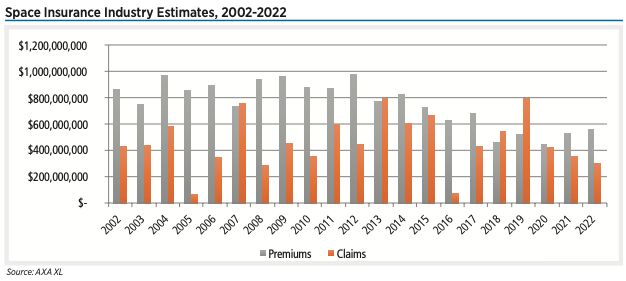
Operating in the space sector involves risks. Space launch is complex and launch failures are possible, even for well-established vehicles. New vehicles typically carry even greater risk. Once spacecraft successfully reach orbit, issues may arise due to factors such as space weather, space debris and a crowded orbital environment. To deal with these risks, many companies in the space sector invest in space insurance. As of 2023, there were about 25 direct space insurance companies worldwide.
Global Space Activity by Category, 2007-2027


Based on global economic factors, Space Foundation forecasts that growth will slow slightly in 2023 to 6% before picking up for an average five-year growth of 7%. Under these conditions, the space economy would total $772 billion in 2027. This forecast incorporates existing markets in the space economy and does not predict any future disruptive technologies that could have extraordinary growth over the coming years.
Active Launch Vehicle Operators by Type, 2000-2022


Orbital launch attempts have more than tripled since a lull in activity in the early 2000s bottomed out at 55 attempts in 2004. Part of the rapid growth in the past few years is due to a sharp increase in launch vehicle operators after a long period with an average just shy of 10 distinct operators per year.
U.S. Space Industry Employment and U.S. Total Employment Relative to 2011

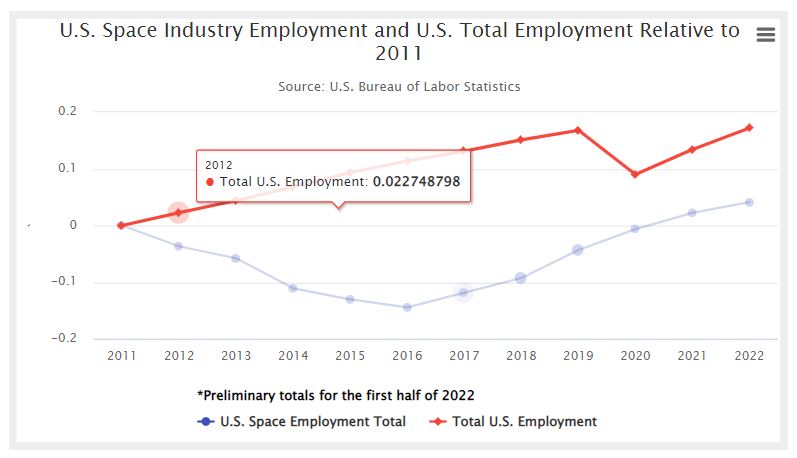
Employment at U.S. private sector space companies grew nearly 2% from 2021 to 2022, reaching 155,973 people in five employment classifications, based on preliminary estimates from the U.S. Bureau of Labor Statistics. This continues a consistent pattern of growth since 2016.
U.S. Private Sector Space Industry Employment, 2012-2022
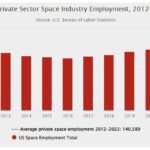
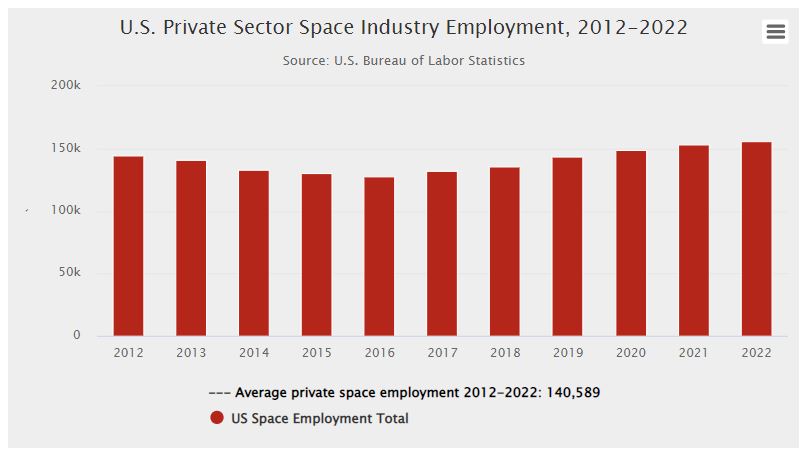
The private space sector has grown more than 18% over the past five years and proved to be resilient to the negative effects on total U.S. employment associated with the COVID-19 pandemic.
Launch Attempts by Top Operators, 2000-2022


Two of the top three launch operators — CNSA and SpaceX — have contributed to overall launch activity growth by exponentially increasing their pace, while the third — Roscosmos — decreased its annual launches by 42% from 2000 to 2022.
Science and Engineering Degrees, in Thousands, 2000-2016


“Space education, research, and workforce development in the public and private sectors are core components of the U.S. national interest, with the potential to drive exploration and scientific discovery, to find new solutions for pressing challenges, including climate change, to strengthen American national security, and to provide good-paying jobs for Americans,” the roadmap document states.
U.S. Military Space Spending 2005-2022


Gallagher said the military must accelerate its efforts in space and cyberspace to keep pace with Russia and China, improving Pentagon cybersecurity and redesigning Space Force satellites to harden constellations against attack.
Average Satellite Mass per Payload (kg), 2012-2022


For 2022, spacecraft deployed with a mass of 1,000 kg or less numbered an estimated
2,144. Th ere were 65 spacecraft massing more than 1,000 kg deployed during 2022.16 Despite the increase in large spacecraft
deployments in 2022, their share of overall satellite deployments remained under 3%.